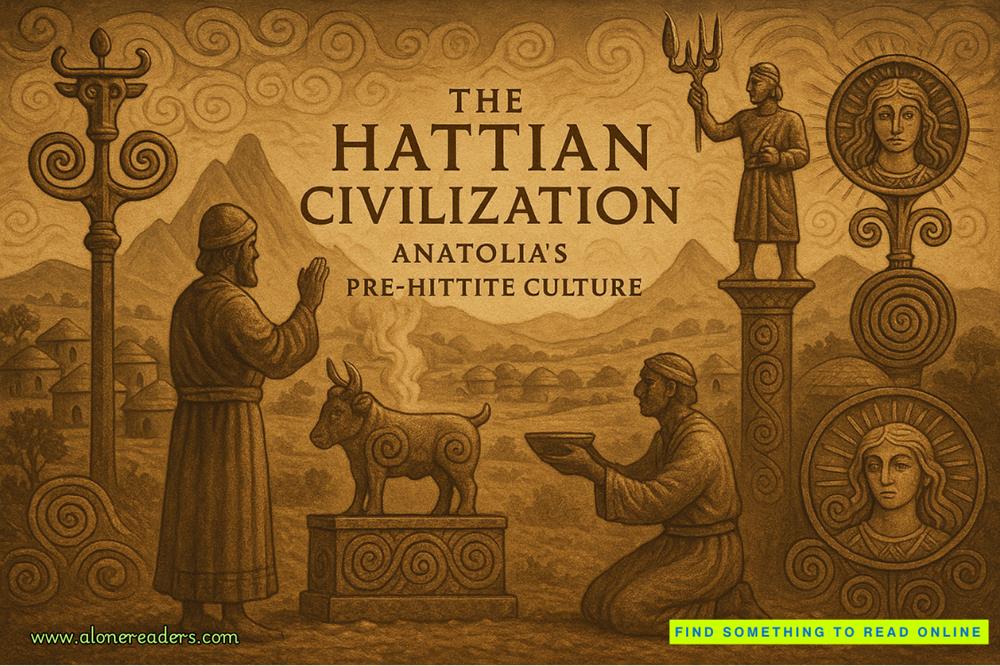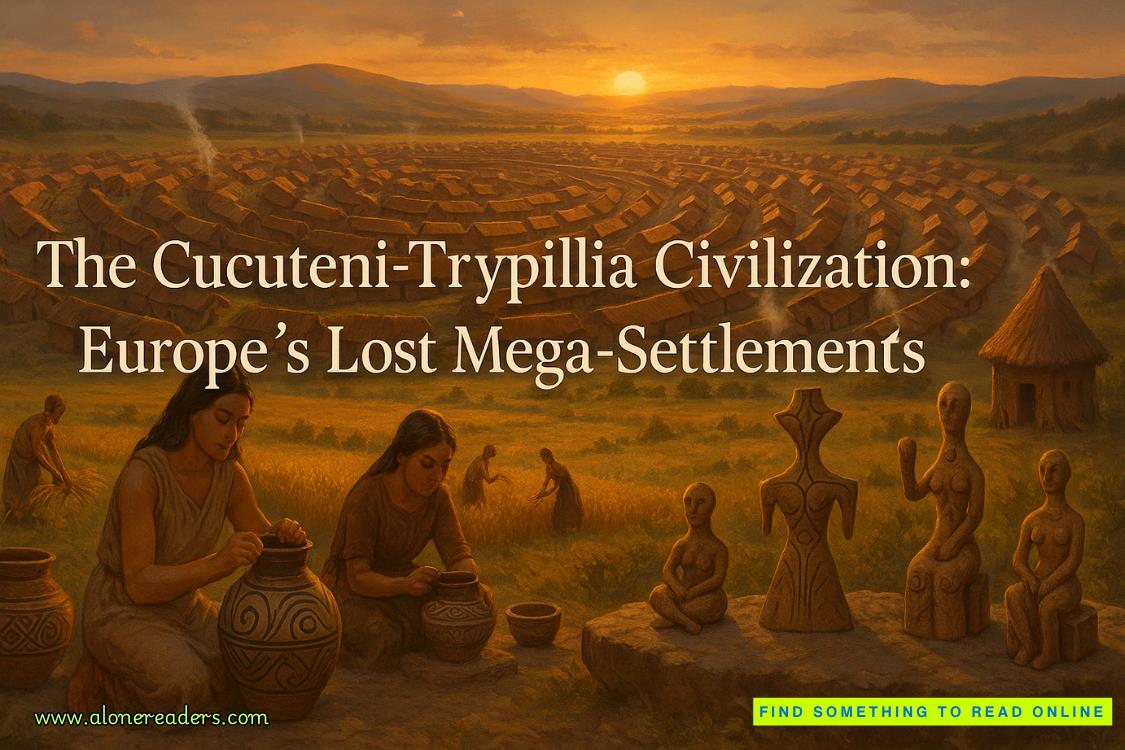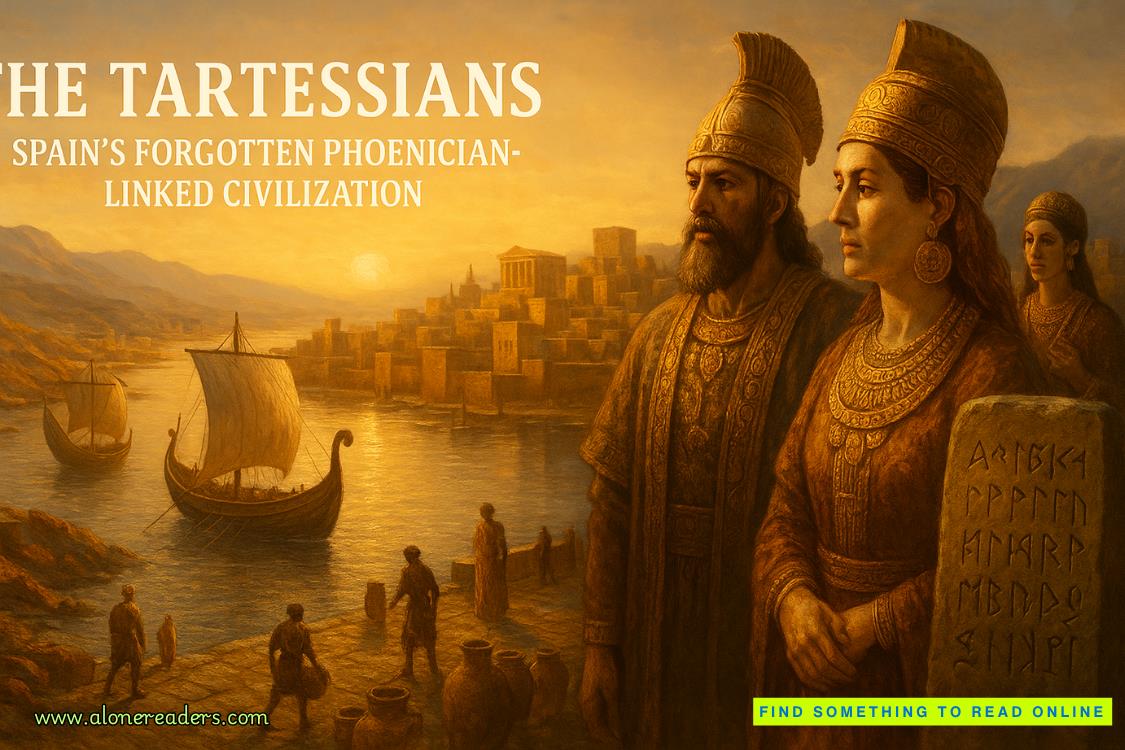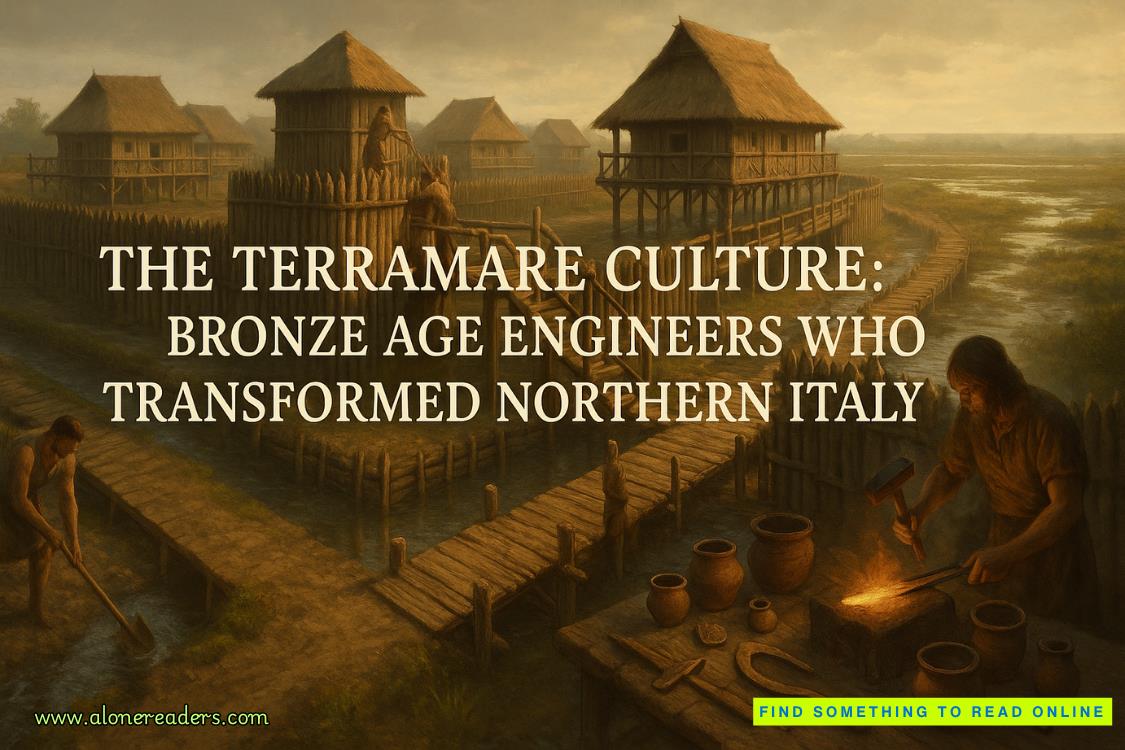“Agreed,” said Miranda. “Too bad, though. Seemed like a great theory. Stefan, what do you think?”
“I think you are chasing smoke.” He checked his watch. “Merde,” he cursed, “I must go now. I have a stupid meeting with a petty bureaucrat.”
Miranda laughed. “But how do you really feel about him? And who is this charmer?”
“Pfft.” His meeting, he said, was with the city official who had jurisdiction over the palace. “I tell him I need to move the bones, and he says no, and no, and no,” he fumed. “I keep saying, ‘Someone’s going to steal them, and then you will be sorry,’ but he won’t listen. He is even too cheap to pay for the motion detector — I had to buy it with my own money. Fou. Idiot.” He shook his head in disgust. “Allons-y. Let’s go.”
He led us out by way of a different door, which — like every door in the palace, seemingly — yielded to his master key. This door opened onto a cavernous banquet hall, which was filled with display cases and milling tourists. Frowning at the tourists, Stefan pointed us toward the far end of the hall, where a doorway led to the main exit.
Miranda ducked through the doorway, and I was just about to, when I stopped dead in my tracks. There on the wall at the end of the banquet hall — on plaster the color of old linen — was the face of Jesus, larger than life. The eyes were piercing; the nose was long and slightly crooked, as if it might have been broken once in a fight; the first two fingers of the right hand, uplifted in a gesture of blessing, were long and thin.
“Miranda — wait! Come back!” She wheeled and hurried toward me, her face full of concern. I pointed; when she saw the picture, her eyes widened and her jaw dropped.
I read the plaque on the wall. The picture was a preliminary study for a fresco, it explained, like the sketch I’d seen upstairs. But this wasn’t a crude outline in charcoal; this was a finely detailed work of art, rendered in the same reddish-brown hue — and the same sure, powerful style — as the face on the Shroud of Turin.
The portrait was the handiwork of another Italian artist, one who — unlike the stylistically promising Giotto — actually did work in Avignon at the time of the popes. He was known by three names.
Simone Martini.
Simone of Siena.
Master Simone.
CHAPTER 19
AVIGNON
1328
“Master Simone, Hurry! Please hurry! If we’re caught, this will happen to us.” The nervous jailer leans backward slowly, easing his head through the doorway of the cell just far enough into the hallway to look and listen. He sees and hears nothing, but when he straightens and turns his attention into the cell, he pleads again, “Hurry.”
His eagerness to leave is inspired by more than just fear of detection. The scene set before him is like something from one of his nightmares — and in fact, after this night, it will become one of his nightmares, destined to haunt him for the remaining seven years of his life.
Six oil lamps flicker on the cold stone floor, their wicks sputtering at odd, startling intervals as they’re struck by droplets from the damp ceiling. All around the small cell, the lamps cast shadows of Simone at work. As he bends, straightens, shifts his feet, moves his arms, the shadows jump and writhe, like demons performing a macabre dance around the dead man stretched at the center of the cell.
Despite the jailer’s entreaties, Simone cannot, will not be rushed; such a remarkable subject demands his full attention and best work. The corpse — an older man, but robust, or a ravaged, ruined version of robust — lies faceup on the stone floor. He is nude, but Simone has modestly crossed the hands above the genitals. The artist is fascinated and horrified by the wounds, the very stigmata of Christ. The punctures in the wrists and feet are fringed by ragged flesh and crusty blood; the knife wound in the side is sharply edged, but the blood and serum from it are smeared down the torso, hip, and leg. A crude wooden cross leans against the back wall of the cell and it, too, bears bloody stigmata.
Simone never expected such an opportunity when he arrived in Avignon. He came simply to test the patronage waters at the papal court — to see if French clerics might consider loosening their purse strings for an Italian painter. But a painter can kiss the hands of prospective patrons only so many times before his lips and his spirit grow chafed. Once that happens, he needs to work, whether there’s money in it or not. So having had his fill of Avignon’s splendor, Simone sought out its squalor, making the rounds of its prisons, hospitals, and cemeteries, concluding each polite inquiry by pressing a florin discreetly into the welcoming palm of a jailer or nurse or gravedigger.
It’s not that Simone is morbid; far from it — no one loves life more than Simone of Siena! But it’s always a good idea to study and sketch a corpse or two, if opportunity presents itself. In a religious painter’s line of work, the quick outnumber the dead, but not by so wide a margin as one might suppose. There’s a steady market for martyr paintings, of course, but the real money is in dead and dying Christs: A painter who’s quick with his brush and smooth with his tongue can feed a family of ten solely with commissions for crucifixion paintings. It’s crucial, therefore, to master death and dying, but where to find the examples? Living models — thieves and prostitutes and beggars, who’ll pose for a pittance or a porridge — are far easier to come by than dead ones. Far more troublesome, too, though: the living wheedle and whine and fidget, while the dead demand no fee or food. Corpses hold stock-still, no matter how many hours the sitting lasts. On the other hand, if the sitting stretches too long, the stench becomes distracting, especially in summer. Ripeness is a virtue in fruits, women, and opportunities, Simone has learned, but not in corpses. This corpse, though — freshly dead, laid out on a cold stone floor in late fall — this corpse is a godsend.
The trip to Avignon came up unexpectedly in the midst of a chapel commission in Tuscany. Simone had spent months drawing the sinopia studies on the rough walls; finally every scene was sketched, and all that was needed was the duke’s final approval. That would surely be a mere formality — after all, each scene featured at least one family member in a prominent position, a flattering light. The Virgin Mary bore a striking resemblance to milady the duchess; Joseph, to the duke himself; the baby Jesus, to the duke’s squalling brat and heir; John the Baptist, to the duke’s younger brother; and so on and so on, down to the final feebleminded cousin, portrayed as a simple shepherd. The sketches done, Simone had ground his pigments, made new brushes, set up his worktable, and asked permission to mix plaster and proceed. But fate had intervened: His honor the duke had galloped off into the night, narrowly escaping an assassination, and was now rumored to be hiding in Rome, or perhaps Naples, or possibly Venice by now. The chapel project had ground to a halt for god knows how long.
So when the invitation came to accompany a musician friend to Avignon — Avignon, which Master Giotto claimed would be the new promised land for artists — only a fool would have refused, and Simone was no fool. He and the musician, a mischievous flute-player, set off through the Susa Valley, paying a larcenous toll at the Savoy Gate, the monumental arch guarding access to the Alps. They’d followed, in reverse, the tortuous route taken by Charlemagne’s troops five centuries before, and by Hannibal’s lumbering war elephants ten centuries before that.
The ancient alpine route was well traveled but not easy. Winding along foaming rivers, skirting the faces of looming glaciers, the road was often blocked by rock or ice, occasionally cut by landslides; the June weather alternated between mild sunshine, fierce rainstorms, and occasional brief blizzards. If not for the help of a band of monks crossing from Turin to Grenoble, Simone and his friend might never have completed the crossing. But complete it they did, and as they followed the Rhône down to the arches of the beautiful bridge and the bustling papal city on the hill, Provence had wrapped her warm arms around Simone like a sweet lover, and he’d found Avignon to be quite fetching.
Also quite chaotic. If ever a modern-day Babel existed, surely it was Avig
non. The official language of the church was Latin, but with French cardinals and courtiers, Roman emissaries, German and English theologians, aimless Spaniards in varying degrees of drunkenness, and the Provençal natives jabbering in their own ancestral dialect, it was not uncommon to hear half a dozen languages within the space of a block, and to understand none of them. Fortunately, a city so brimming with languages was also brimming with translators, so Simone found ways to communicate.
He spent his first few days sketching faces and buildings in the city’s main squares and churches, but then — inspired by the chance sighting of a cart bearing a body to a graveyard — he decided to cast his net in different waters: the waters of the Styx, river of death. Simone liked knowing that he was swimming against the current, and he smiled as he thought of a passage of scripture he was deliberately turning on its head. The day of Christ’s Resurrection, when His grieving followers went to visit His tomb, an angel had asked them, “Why do you seek the living among the dead?” Here in bustling, booming Avignon, Simone set about to seek the dead among the living.
His initial inquiries, at charnel houses and hospitals and apothecaries, were met with suspicion and incredulity, not surprisingly. After all, why would any artist in his right mind want to draw corpses when he could paint pretty women instead — chaste virgins or, better yet, lovely madonnas, baring ripe breasts to suckle holy infants? But gradually, as he persisted in his rounds and deployed his charm and his coins, nuns and priests and gravediggers began to trust and like the crazy painter. Fortune smiled on him during his second week in Avignon: A stonemason fell from a scaffold in the nave of a church, breaking his neck when he hit the floor. The sketches of his corpse would surely be useful references for some future painting of the death of Lazarus or the murder of Abel. Two days after the mason’s fall, a child was trampled by a runaway horse — not ideal, the mangled little body, yet still potentially helpful if Simone is someday commissioned to depict, say, King Herod’s Slaughter of the Innocents.
But this latest find — a robust man killed by crucifixion! — this, for a fresco painter, was manna from heaven. Simone had profusely thanked both God and the jailer for this unique opportunity. To God, he expressed his thanks in prayers; to the jailer, in florins.
Now, studying the corpse in the warm glow of the flickering lamps, he marvels at how poorly the crucified Christ is always portrayed. In every representation Simone has ever seen — and ever done — the wounds look contrived, even silly, with their spurting fountains of blood, and the flesh and bone lack any semblance of sinew or substance. For the first time, Simone Martini feels a sense of obligation and duty — not to the sacred subject matter of some scene he’s being paid to paint, but to the human subject himself, this dead man offering himself so freely to the hungry gaze of the artist. “This is my body,” the man seems to be saying, “which is broken for you. Feast your eyes upon it.” And so Simone does, devouring the visual banquet of legs, belly, chest, face, and ignoring the jailer’s panicked pleas for haste.
Simone’s first drawings of the corpse are quick and crude — a flurry of fast, flowing lines he makes without even lifting the charcoal, without even taking his eyes off the body to inspect his work. Despite their swiftness and spareness, the sketches capture the essence of the lifeless form: the long, sad face; the strong sinews, now gone slack; the tangibility and carnality of the corpse. Next he makes detailed drawings of individual structures — fingers, feet, nose, eyes, ears — cramming pages full of body parts, like macabre still lifes of some thoroughly dismembered corpse. Finally, having gotten to know the dead man in all his particulars, he draws the entire body with great care. Except that what he draws is not, in fact, the body; what he draws is light and shadow — but no, he draws even less than that. His charcoal pencils cannot draw light, they can only sketch darkness: shades of shadows, ranging from the watery gray of dawn to the soft, utter blackness of velvet. And such magic Simone can work with shadows! Curving a shadow around an oval of blank white, he can create the illusion of roundness and of highlight: the illusion of an egg, or a forehead, or a breast. And from two simple elements — shadow and not-shadow — he now conjures flesh, blood, hair, fingernails, even mortality and mournfulness. Seeing this magic unfold, the jailer is bewitched, finally forgets his fears, and watches in rapt silence.
At last, just as the first paleness of dawn begins showing through the narrow slits that pretend to provide air and light to the prisoners’ cells, Simone tucks the remaining stubs of charcoal into his cloak, rolls the sheaves of drawings, and nods his readiness to leave. After making sure the way is clear, the jailer leads him out. He is about to close the door when the painter stops him, speaking for the first time since entering the cell and beholding the dead man on the floor. “What can you tell me about him? What crime did he commit to merit such a death?”
The jailer — a man who has witnessed, and who has inflicted, more than a few deaths in his service to the Church — fixes the painter with a long look. Answering questions — especially troubling questions — was not part of the bargain he made with the Italian. He shakes his head and withdraws through the stone archway, and the door groans on its hinges. But just before it closes completely, he puts his lips to the narrow gap. “They claim he preached words from the Devil,” he says, “but I heard him speak only with kindness and faith. I’m a simple man; I don’t pretend to understand the arguments of these churchmen. But his crime, I think, was to put them to shame by his faith and his goodness. I do believe he was a holy man — the only holy man I’ve seen in my twenty years among cardinals and popes. His sin, I think, was to be free of sin.”
“You make him sound like Christ reincarnated.”
“I don’t expect him to rise from the grave, Master Simone. But if he does, the bastards will find a reason to kill him again.”
The vertical strip of shadow narrows, darkening into a thin black line, and then it is gone, displaced by oak planks and iron hardware. The opening into the darkness has closed, at least for now. Simone Martini — altered in ways he will not understand for years, if ever — turns from the realm of shadow and illusion and death, resuming his place in the world of life and breath, light and color.
CHAPTER 20
Avignon
The Present
Light and color filled the square, a leafy park that was jammed this Sunday morning with tables of bright fabrics, fresh flowers, watercolor paintings, and Provençal delicacies — cheeses, wine, honey, olive oil, strawberries, raspberries. Miranda was auditioning samples of cheese and wine — wine tasting at 10 A.M. — to round out our picnic basket. Stefan had offered to meet us here and take us on a field trip to the Pont du Gard, an ancient aqueduct that was one of Rome’s finest feats of engineering. I wasn’t looking forward to having him along, but I was excited about the aqueduct. “Listen to this,” I said, glancing up from the guidebook. “The aqueduct is sixteen stories high and fifteen hundred feet long, but it drops only one inch from one end to the other. Can you imagine building with that kind of precision two thousand years ago?”
“Mmm.” Miranda smacked her lips. “I can imagine eating my weight in this goat cheese.”
“It carried forty-four million gallons of water a day. Isn’t that something?”
“You really are in touch with your inner nerd, you know that?”
“Where’s Stefan? He was supposed to be here half an hour ago, wasn’t he?”
“Forty-five minutes.”
“Try his cell phone, will you?”
“I have. Twice. My call went straight to voice mail.”
“Try it again. Maybe he’s over at the palace.”
“Oh, I’m sure he’s at the palace,” she groused. “Which is why he’s not getting my calls. A nuclear blast couldn’t get through those walls, let alone a cell phone signal.”
“Then let’s just go over there,” I suggested. “Seems silly to sit here and wait for him. Either he forgot about the plan, or he got sidetracked b
y something.”
I hoisted the backpack over one shoulder — Miranda had managed to cram a hefty load of lunch treats into it — and we headed for the palace, a ten-minute walk away. As we approached, Miranda phoned again, but once more the call went to Stefan’s voice mail.
At the palace’s main entrance, we flashed our badges, ducked behind a cordon, and threaded our way down the staircases that led to the base of the treasury tower. “I assume he’s locked the gate behind him,” I fretted. “Do you think he’ll hear us if we yell?”
“I’ve got a pretty good set of lungs,” she said. “The last guy who grabbed me in a parking garage got a perforated eardrum to go along with his scratches and bruises.”
Surprisingly, though, Stefan hadn’t locked the gate; he hadn’t even bothered to close it. “He must be expecting us,” I said. “Either that, or he’s getting really careless.”
“If he was expecting us, he should’ve left the lights on,” Miranda grumbled. She flipped open her cell phone to wake up the display screen, and used the light to scan the wall for the switch.
“Ingenious,” I said. “You’re so resourceful.”
“Hey, I grew up watching MacGyver. I can make a computer out of matchsticks and paper clips.”
“Really?” Even by the faint glow of the phone, I could see her eyes roll. “Oh. You were being sarcastic.”
“Not sarcastic. Only hyperbolic.”
“Miranda, if you hope to have any success in academia, you’ve got to stop exaggerating. If I’ve told you once, I’ve told you—”
“Yeah, yeah, a billion times,” she interrupted. “The same number of times you’ve told me that joke. Damn it, where’s the switch?” She yelped as a spark split the darkness, followed by the feeble glow of bulbs trailing down the staircase like luminous bread crumbs.















